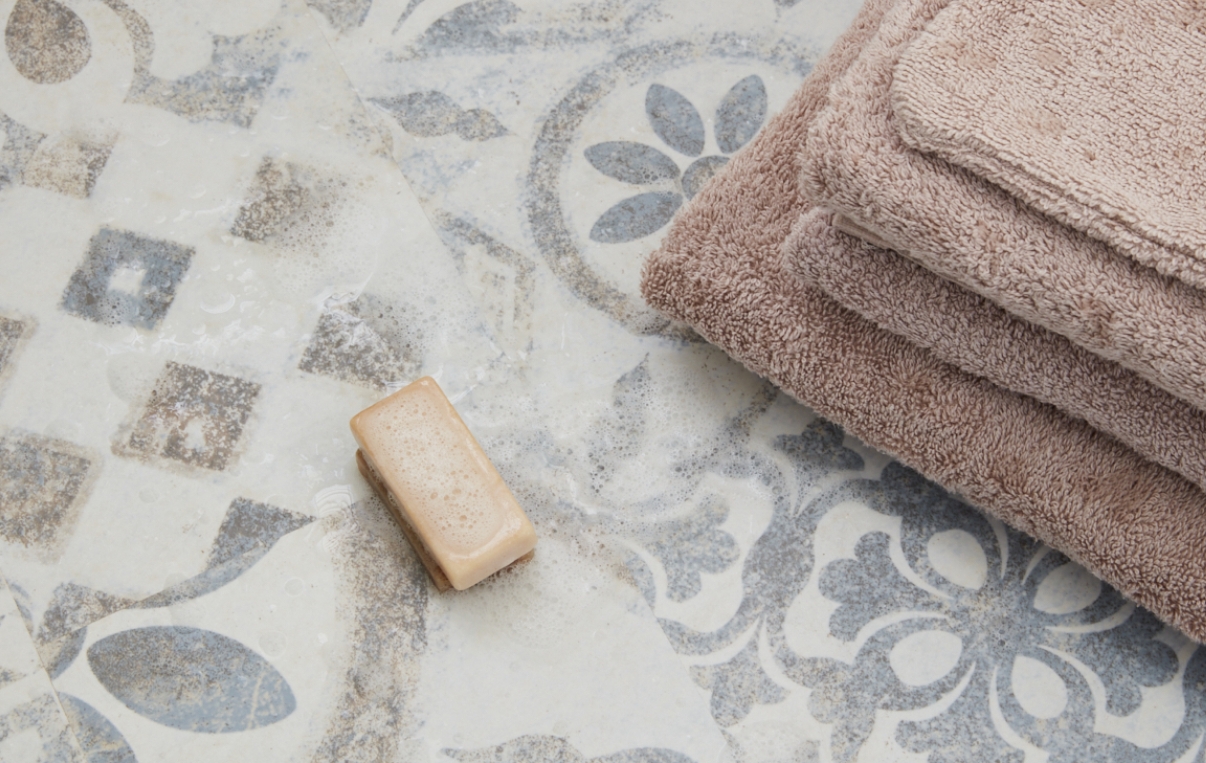Before you install your new laminate flooring, there’s one crucial step you shouldn’t skip: allowing the planks to acclimatise to the room. While it might be tempting to jump straight into installation, giving your floor time to adjust to the room’s climate can prevent future problems. In this post, we’ll explain why acclimatising your laminate is essential for a smooth and long-lasting installation.
What does acclimatisation mean for your floor?
Acclimatisation refers to the process of allowing your laminate flooring to adapt to the temperature and humidity of the room where it will be installed. This adjustment period is important because laminate flooring, like many materials, naturally expands and contracts in response to changes in climate.
If your planks are installed immediately after being moved from storage, they may not have had time to adapt to the new room conditions. Installing the floor without giving it time to acclimatise can lead to uneven surfaces, gaps, or even damage to the locking system.
Why does your floor need to acclimatise?
1. Room climate differences
The temperature and humidity in the room where the laminate is being installed are often quite different from those in the storage area. Whether the planks were stored in a cooler warehouse or a warm delivery truck, they’ll need time to settle into the climate of their new home.
2. Prevents expansion and shrinking
Laminate flooring reacts to changes in room conditions by expanding or shrinking. Without a proper acclimatisation period, the planks may undergo this natural expansion after they’ve already been installed, causing an uneven surface and putting strain on the locking system. Over time, this could lead to floor damage and a shorter lifespan.
How long should you acclimatise your laminate flooring?
To ensure that your laminate flooring adjusts properly to the room’s conditions, allow it to acclimatise for at least 48 hours before installation. The planks should be laid flat in their closed packaging (it's perforated) in the room where they’ll be installed, so they can adapt to the temperature and humidity of the space. This way, the floor will have already expanded or contracted as needed, allowing for a smooth and stable installation.
What happens if you don’t let your floor acclimatise?
Skipping the acclimatisation process can result in several issues, including:
- Uneven surfaces: The floor may appear uneven with raised planks if the floorboards expand or shrink after installation.
- Damage to the locking system: The locking mechanism, which holds the planks together, could be compromised due to pressure from expanding or shrinking planks.
- Gaps between planks: If the floor shrinks after installation, it can create unsightly gaps between the planks.
- Buckling or warping: Planks that expand too much can push against each other, causing the floor to warp or buckle.
Tip:
Even after installation of your floor it's still important to check the room humidity.
If the room humidity is too dry during a cold winter it will cause the floor to contract, and the consequence can be that openings can occur. If it's too warm and too humid, it can cause the floor to expand too much. In this case expansion joints can be installed.

Conclusion
Giving your laminate floor time to acclimatise before installation is essential for preventing issues caused by expansion and shrinking. By allowing at least 48 hours for the planks to adjust to the room’s temperature and humidity, you’ll ensure a smoother installation and help protect the long-term stability of your floor. A little patience now can save you from major problems later.
Want to see and feel examples of laminate floors?
.jpg?width=1200&height=839&name=Hero%20image_Myfloorstyle_gyant%20xl%20light%20sand(1200x839).jpg)

.jpg?width=300&name=Overview%20image%20blog%20home_Myfloorstyle_sunset%20boulevard(398x344).jpg)
.jpg?width=300&name=Overview%20image%20blog%20home_Myfloorstyle_excellence%20plus%20acc(398x344).jpg)
.jpg?width=300&name=Overview%20image%20blog%20home_Myfloorstyle_gyant%20xl%20warm%20natural(398x344).jpg)